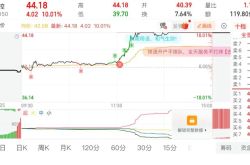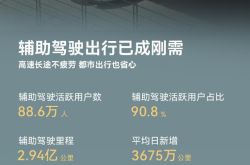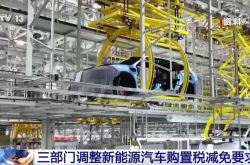iPhone 17 Pro Thermal Performance Test: Significant Improvement, Does Cook Deliver on His Promise?
![]() 09/22 2025
09/22 2025
![]() 557
557
The idea is good, but the materials fall short.
Finally, iPhone Adopts 'Proper' Thermal Components.
Last year, Apple introduced a graphene thermal film in the iPhone 16 series, designed to rapidly dissipate heat from the chip. However, relying solely on a thin film to enhance thermal performance seemed overly optimistic. Consequently, in the iPhone 17 Pro series, Apple introduced a vapor chamber, claiming a 300% improvement in thermal efficiency over the previous generation.
This development is generally welcomed, but during an interview with a domestic media outlet, Apple CEO Tim Cook stated that the vapor chamber in the iPhone 17 Pro series is an exclusive Apple invention and innovation, perhaps achievable only by Apple.
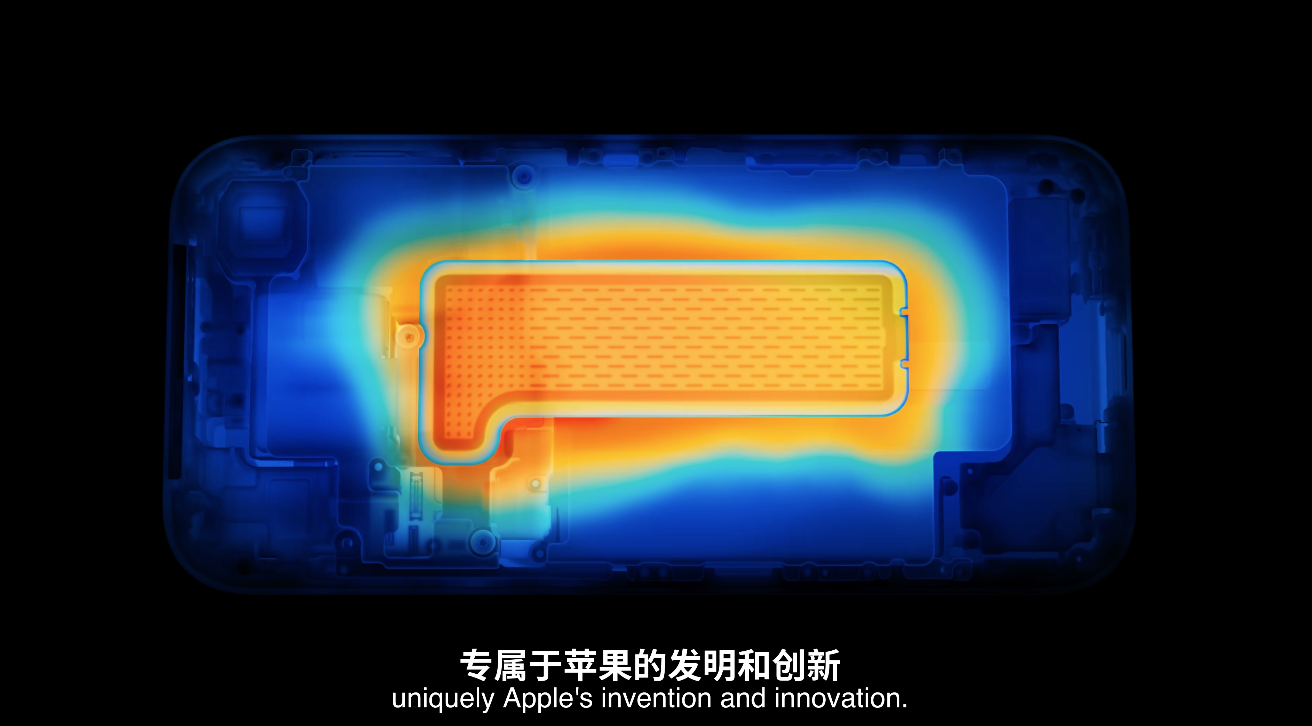
(Image Source: @Film Storm)
Lei Technology initially suspected that certain marketing accounts might have taken Cook's statement out of context. However, after reviewing the original video, it was confirmed that Cook indeed made such a claim.
This left Lei Technology puzzled. Vapor chambers have long been a common feature in the Android market, with the ROG Phone incorporating them as early as 2018. How could Apple claim this as its exclusive innovation?
Without further ado, we conducted an investigation to determine whether Cook was exaggerating or if Apple truly stands unparalleled.
iPhone 17 Pro Thermal Improvements: Does the Vapor Chamber Deliver?
Setting aside other factors, let's first examine whether the vapor chamber in the iPhone 17 Pro series truly enhances thermal efficiency by 300%, as Apple claims.
Upon receiving the iPhone 17 Pro Max, Lei Technology promptly tested its performance and thermal management. Thermal imaging revealed that, despite higher temperatures during 3D Mark tests under high load applications, the iPhone 17 Pro Max, equipped with a vapor chamber and A19 Pro processor, demonstrated significantly superior thermal efficiency compared to previous iPhone models.
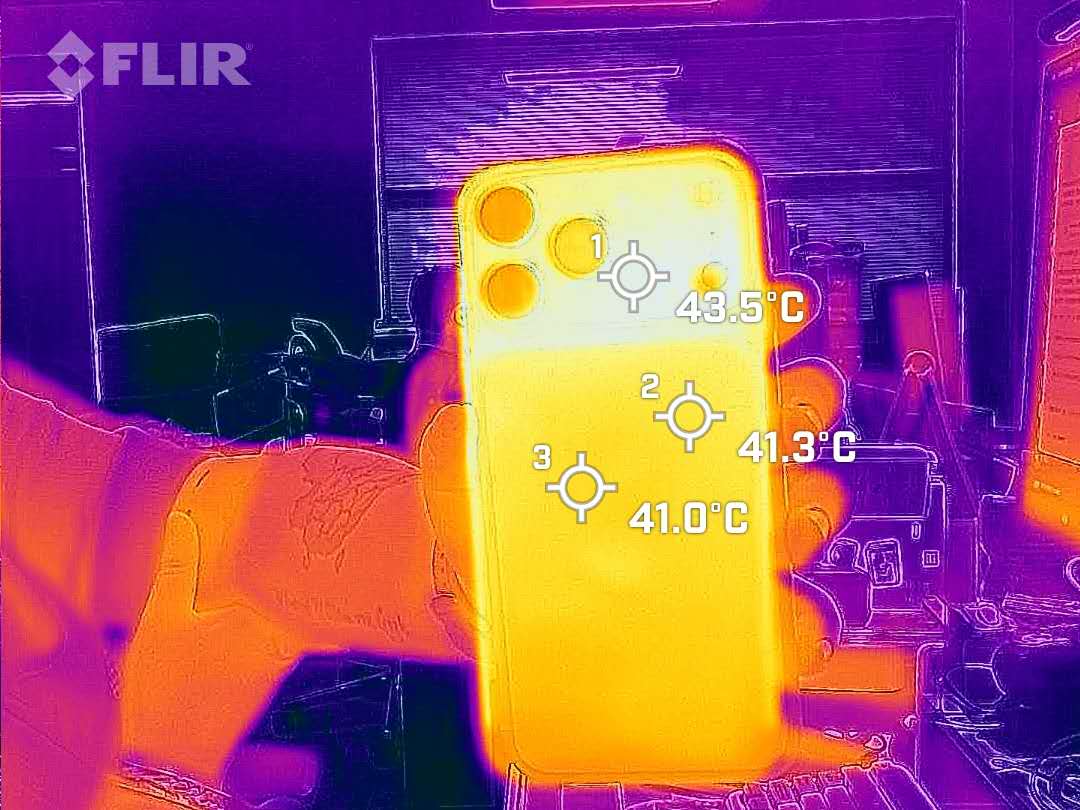
(Image Source: Lei Technology)
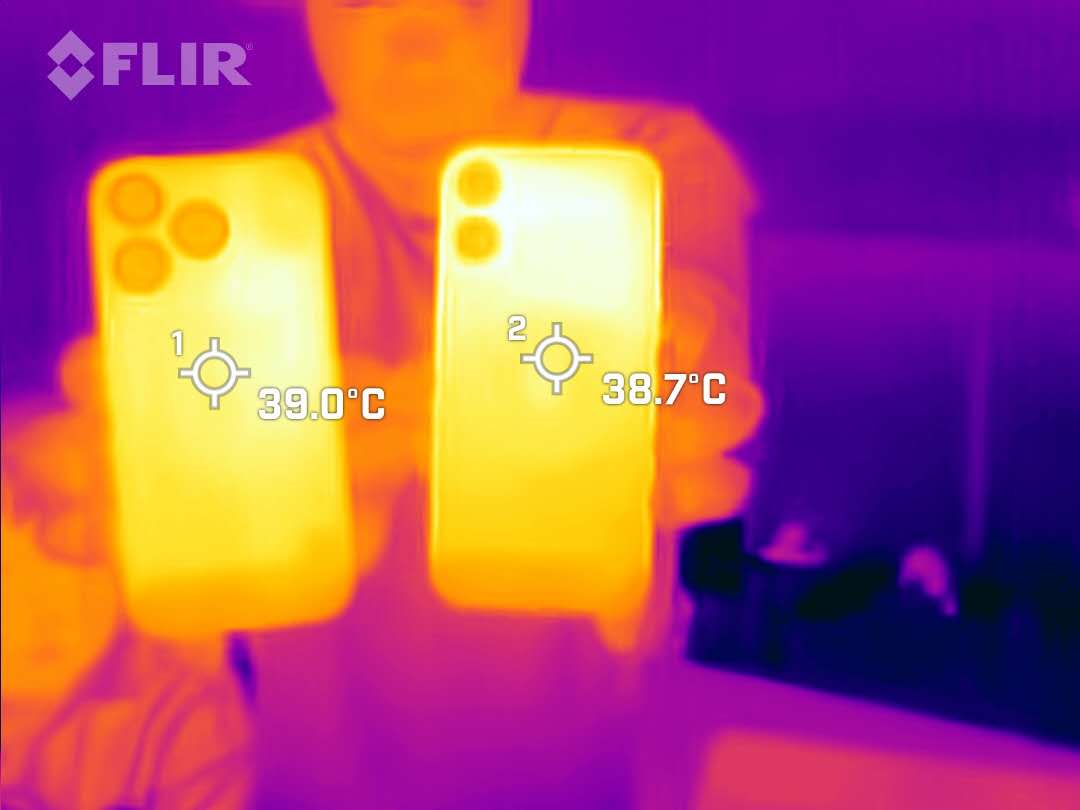
(Image Source: Lei Technology; Left: iPhone 16 Pro, Right: iPhone 17)
However, data alone can only confirm the presence of improved thermal performance, not whether Apple's vapor chamber represents a unique innovation. It could be argued that the combined contributions of the aluminum frame, new processor, and vapor chamber are responsible for the improvement, rather than solely the vapor chamber.
Since data alone cannot determine the effectiveness of Apple's vapor chamber, let's examine whether Apple has introduced any innovations in terms of principles and materials.
Initially, Cook stated in an interview that Apple is the only manufacturer capable of perfectly integrating a sophisticated liquid circulation system into mobile devices. This piqued Lei Technology's curiosity. Could Apple's vapor chamber be fundamentally different from those in Android devices?
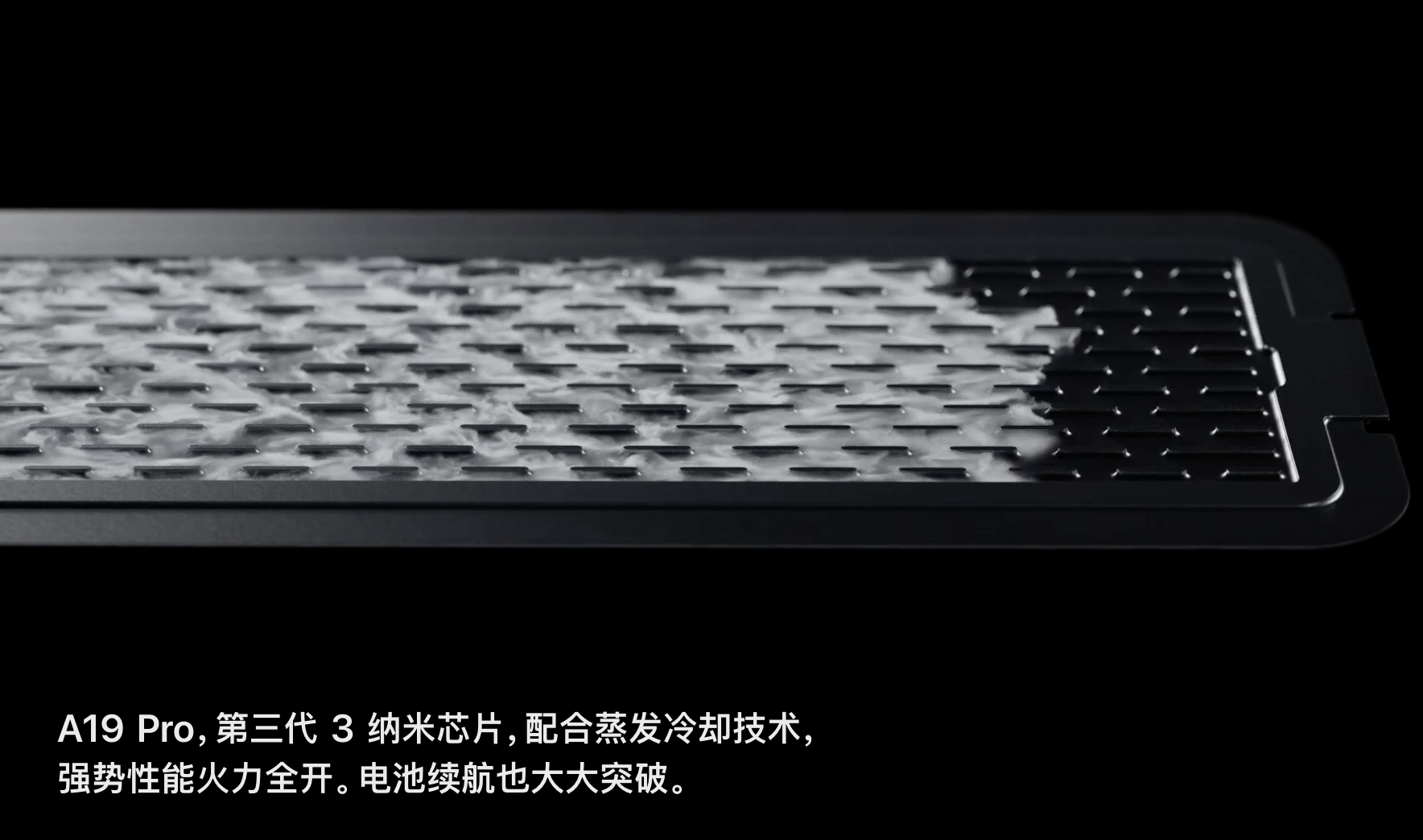
(Image Source: Apple Official)
However, from Cook's subsequent explanations, Lei Technology learned that Apple's vapor chamber operates by evaporating deionized water within a sealed chamber and then transferring heat through condensation cycles, a principle identical to that used in Android devices. Nevertheless, Apple has indeed demonstrated superior integration and attention to detail.
For instance, in terms of design, Apple first utilized an aluminum alloy midframe with a thermal conductivity 20 times higher than titanium alloy (one reason for the material adjustment in this year's Pro series midframes). Then, through integrated manufacturing processes, Apple established an efficient heat conduction pathway within the device. Finally, Apple optimized the chip's energy efficiency ratio, reducing heat generation at the source.
In essence, unlike Android's approach of 'enhancing thermal performance through material stacking,' Apple employs a 'vapor chamber cooling + structural heat conduction + chip optimization' strategy. This system-level optimization, rather than mere parameter stacking, embodies the core of what Cook refers to as 'Apple's unique capability.'
Android Leads in Thermal Technology: What Advantages Does Apple Have?
The issue is that Apple's combined approach seems less impressive compared to Android's 'overwhelming material stacking.' Many smartphones now feature multilayer vapor chambers exceeding 10,000mm², with solutions like the ROG Phone 8's 'vapor chamber + graphene + fan' triad and even TEC semiconductor active cooling in some models. Android's thermal arms race continues unabated. Faced with such 'dimensional reduction attacks,' is Apple's vapor chamber merely 'adequate' or still 'lagging'?
From the perspective of user demand alignment, Apple's solution generally meets the core needs of its target audience. While heavy gamers and professional creators constitute a significant portion of users, the majority prioritize 'no overheating during daily use and stability under high loads.'
After a day of using the iPhone 17 Pro Max, Lei Technology found it remained 'cool' in most scenarios. The temperature of 42.5°C during simultaneous charging and gaming, along with infrequent frequency reductions, exceeded the expectations of most users. For Apple users seeking a 'balanced experience,' this thermal performance is entirely sufficient.
However, from a technical and extreme performance standpoint, Apple lags behind the top tier of Android devices. Android flagships have moved beyond 'passive cooling' and are now exploring active cooling solutions. The RedMagic Magic's built-in fan reaches speeds of up to 23,000 RPM, maintaining full frame rates in 'Genshin Impact' for one hour at room temperature.
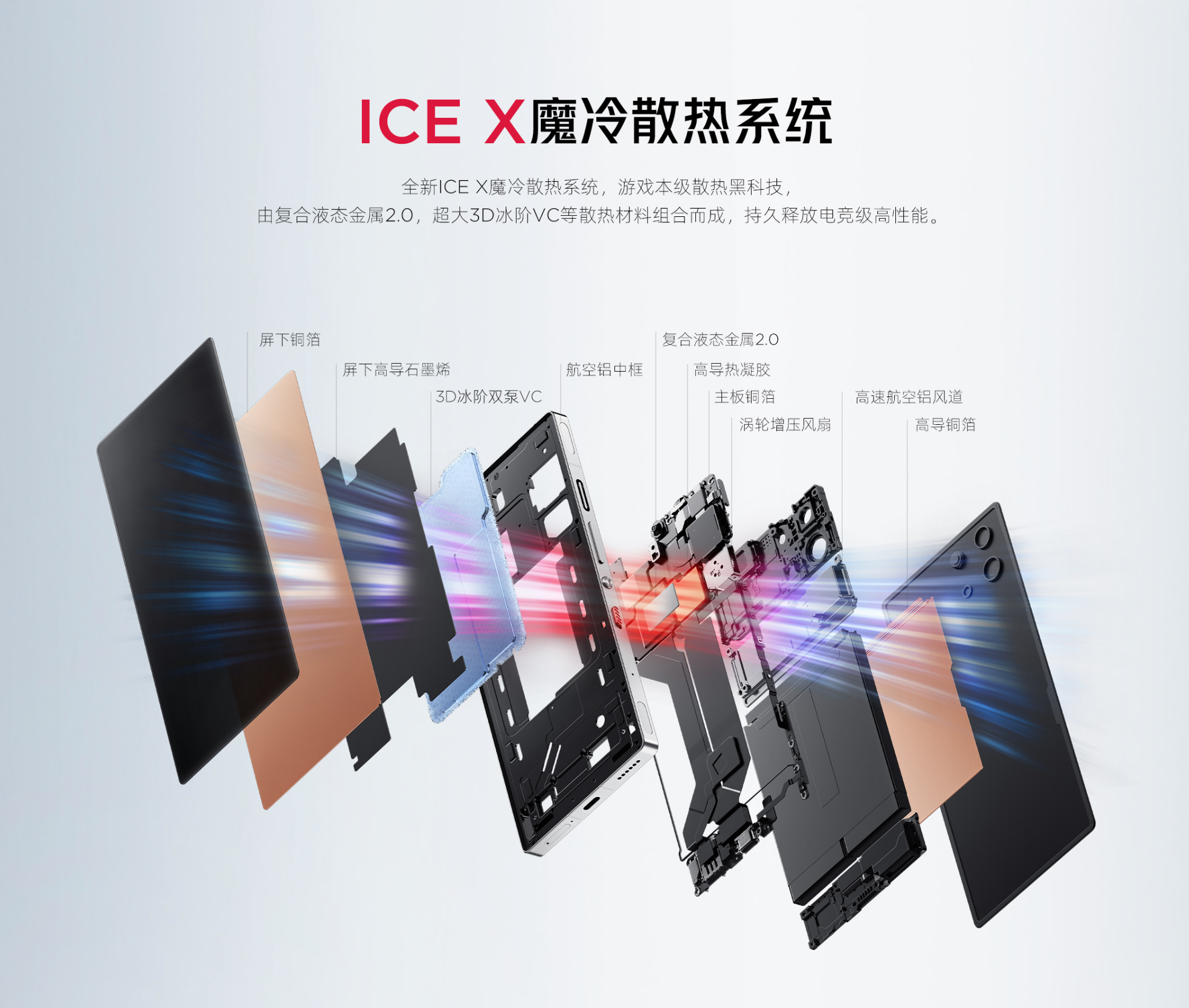
(Image Source: RedMagic Official)
Realme's concept phone even incorporates a TEC semiconductor active cooling solution, achieving chip temperatures 3°C below ambient temperature for active cooling effects, eliminating frequency reductions during prolonged high-load applications. In contrast, the iPhone 17 Pro's passive vapor chamber cooling exhibits clear shortcomings in extreme scenarios, with a vapor chamber area of 3500mm², less than half that of Android flagships.
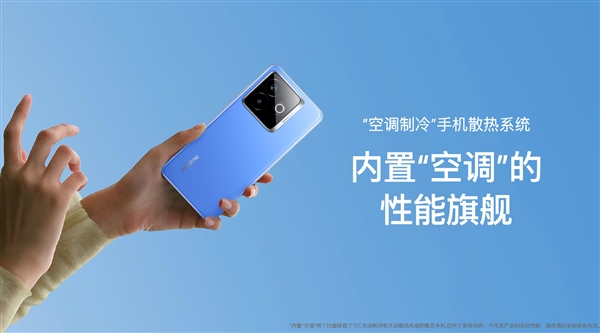
(Image Source: Realme Official)
This disparity stems from differences in product strategy rather than technological capability.
Apple adheres to the principle of 'experience over specifications,' refusing to compromise on device thickness, weight, and battery life for extreme performance. Conversely, Android manufacturers aim to 'satisfy niche demands,' using stacked thermal hardware to capture markets for gaming phones and professional creation devices. Neither strategy is inherently superior, but in terms of technological iteration speed, Apple lags slightly.
The iPhone 17 Pro series' adoption of a vapor chamber represents Apple's rational response to user pain points and market competition. This delayed upgrade effectively addresses the 'overheating and frequency reduction' issues that plagued previous generations. Combined with system-level optimizations, the iPhone now delivers commendable thermal performance. Real-world tests, such as 30 minutes of full-frame gaming and 20 minutes of high-load rendering, confirm that its thermal performance aligns with the Pro series' positioning as a 'productivity tool.'
While Cook's claim of 'Only Apple Can Do' contains marketing elements, it also reflects Apple's unique approach to balancing thermal management and overall device experience.
In Lei Technology's view, the iPhone 17 Pro series' adoption of a vapor chamber is not a mere technical experiment but a necessary response to the dual pressures of chip performance iteration and evolving user demands.
Reviewing the iPhone's development over the past three years, the performance gains from the A17 Pro to A19 Pro chips have exceeded 20% consecutively. However, lagging thermal systems previously hindered performance utilization. The introduction of the vapor chamber now elevates performance utilization to 92%, effectively addressing deficiencies in previous models and allowing the A19 Pro chip to operate at full capacity.
Final Thoughts
Nevertheless, Apple's thermal technology remains in the stage of 'addressing deficiencies' rather than 'revolutionizing Apple.' Compared to Android's solutions, such as oversized vapor chambers, built-in fans, and semiconductor cooling, Apple's approach clearly lags in extreme performance and technological foresight.
This gap arises from fundamentally different product philosophies: Apple prioritizes balanced experiences for mainstream users, while Android targets extreme demands in niche markets.
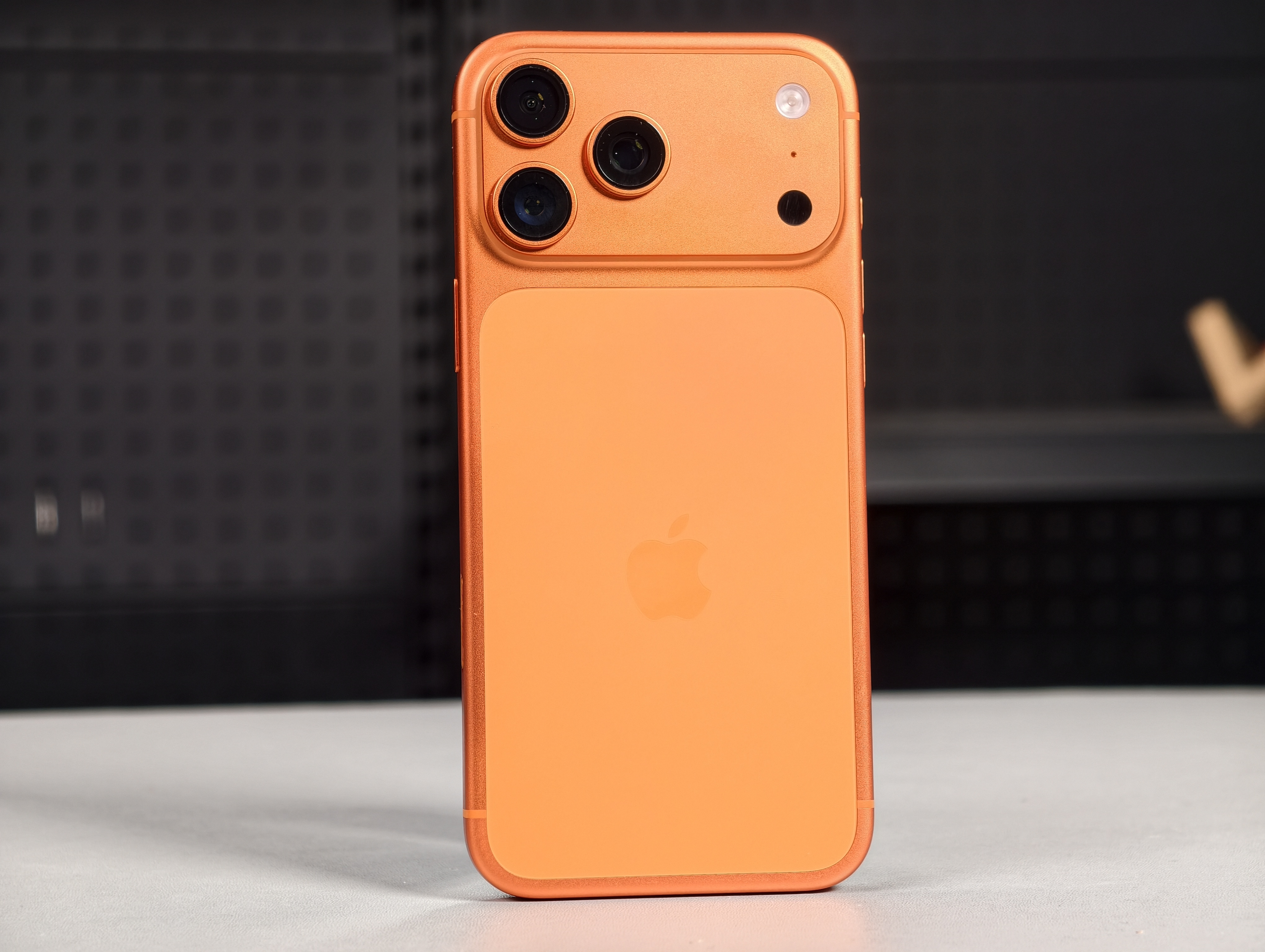
(Image Source: Lei Technology)
For ordinary users, the choice depends on individual needs. If you prioritize 'stable daily use and balanced overall experience,' the iPhone 17 Pro series' thermal performance is adequate. However, if you are an 'extreme gamer' or 'professional creator,' Android devices may be more suitable.
Apple's entry into this space confirms that vapor chambers have become a 'standard feature' for high-end flagships. Future competition will focus on deep integration with chips and systems.
In other words, the 'battle to reduce overheating' in smartphones is just beginning to intensify.


